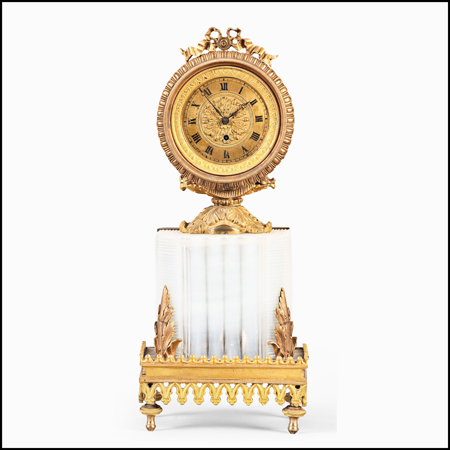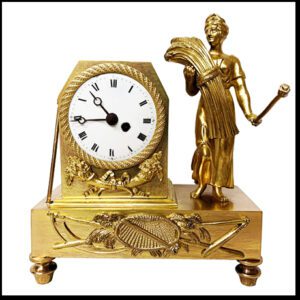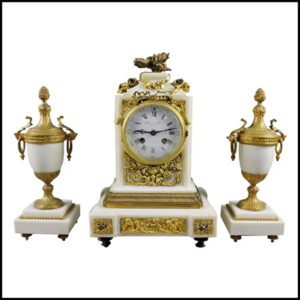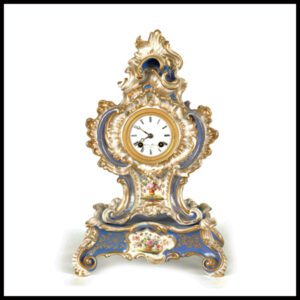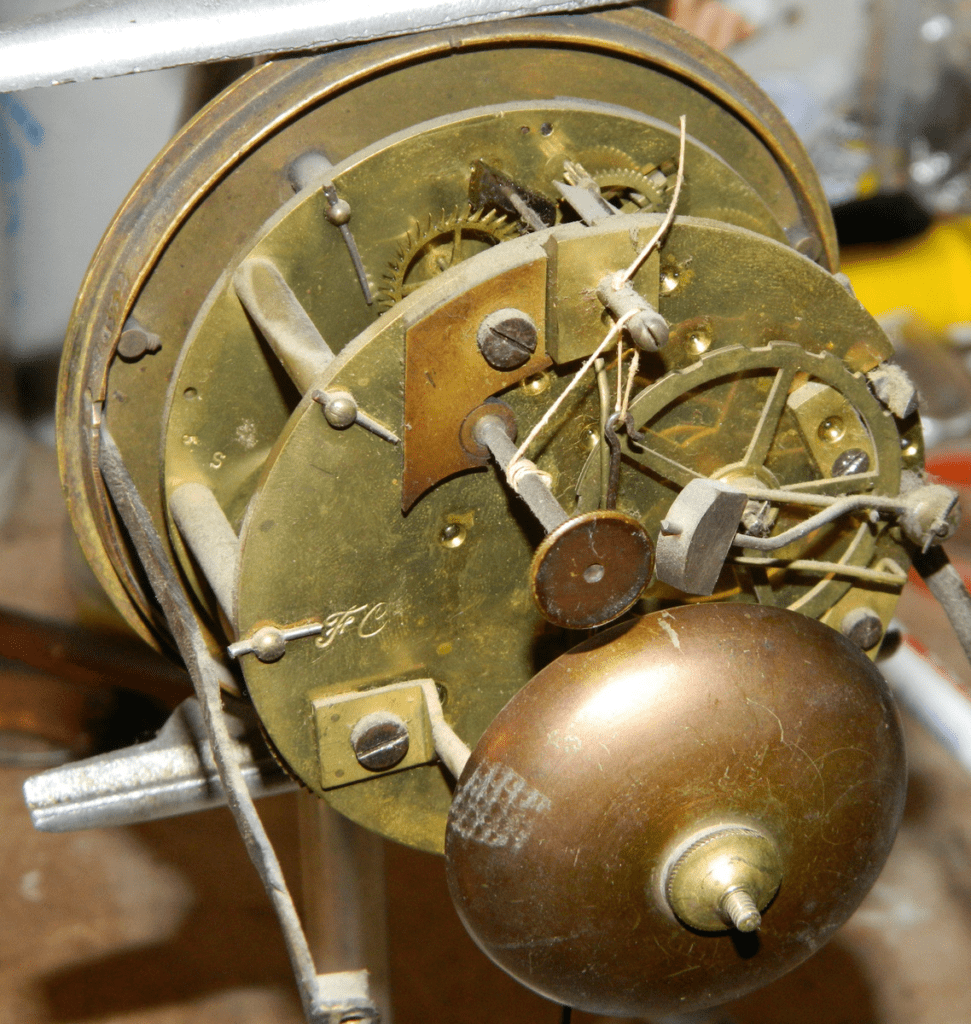Antique mantel clocks are a labor of love that requires patience, attention to detail, and a deep appreciation for the timeless craftsmanship of yesteryear. These cherished timepieces are not merely functional; they are windows into a bygone era, imbued with the stories and memories of generations past. Understanding how to start and keep them ticking for as long as you own one will help you.
As the caretakers of these antique marvels, we must ensure they continue to tick for centuries to come. From delicate cleaning rituals to meticulous maintenance, our steps today will determine whether your prized possessions remain heirlooms for your children and grandchildren.
Treating an antique mantel clock with the reverence it deserves is a journey of discovery. We uncover the nuances of its intricate mechanisms and learn to harmonize our rhythms with its steady beat. By honoring the past and investing in the future of these timeless treasures, we preserve a piece of history and cultivate a deeper connection to the ebb and flow of time itself.
ANTIQUE MANTEL CLOCKS AND THINGS YOU NEED TO KNOW
Several key considerations are needed to ensure your vintage or antique clock ticks for another hundred years. Proper cleaning and lubrication are essential, as dust and grime can wear down the delicate mechanisms over time. A qualified horologist is highly recommended, as they possess the specialized knowledge to service antique mantel clocks without causing damage.
Additionally, maintaining a stable environment for your antique clock is crucial. Fluctuations in temperature and humidity can wreak havoc on the materials, causing warping or corrosion. Placing your antique mantel clock away from direct sunlight and heat sources will help preserve its integrity.
With the proper care and attention, your old mantel clock can continue to be a beloved family heirloom, marking the passage of time for future generations. We keep history alive and tangible in our modern world by honoring these timeless treasures.
Caring for an antique clock requires a delicate touch and a deep understanding of the intricate mechanisms of antique mantel clocks. When setting the time, it’s crucial to approach the task with the utmost care and respect for the clock’s history.
One important rule to remember is that it’s generally acceptable to gently move the hour hand on your antique mantel clock in either direction as you synchronize the bell and the time shown. Still, it would be best never to force the minute hand counter-clockwise. Doing so can potentially damage the sensitive mechanisms within the antique clock, as they are designed to function in a specific way.
If you find the minute hand challenging to move, it’s best to refrain from forcing it and instead seek the assistance of a professional antique mantel clock repair specialist. They will have the expertise and tools to make the required adjustments without harming the clock.
Another method of setting the correct time on an antique clock is to listen carefully for the chime or bell. By aligning the clock’s chime with the proper hour, you can ensure the time is displayed accurately without risking damage to the mechanism.
ANTIQUE MANTEL CLOCKS AND THINGS TO UNDERSTAND
If you must move your clock, remove the pendulum so it does not swing around, bang into other parts, and break things. Wind your antique mantel clock on the fifth or sixth day of an eight-day typical wind, as it will lose time within the last couple of days due to the spring relaxing.
If you are having your antique mantel clock shipped to you, you may need to allow it to sit for a day to acclimate to your environment. Even with a fresh cleaning and oiling, oil can congeal in the colder temperatures of an unheated truck or plane baggage compartment. Carriage clocks are the worst for this traveling “disease” for reasons I am unclear about. Should you experience this, hold it by the top edges and gently twirl it left and right. This will get the “escape mechanism” twirling. You can see this wheel moving on the top window of your antique carriage clock.
Most importantly, be patient and never force anything, as antique mantel clocks are, by definition, old and delicate. Without patience, you will be in trouble, as sometimes you may get one that is so precisely built or worn just enough by age that it can be a pain. If you are to own one, patience and slow-moving when adjusting will be your friends.
This is a “silk string” mechanism, and you can see from this image the string where the pendulum will hang from and the winding knob, where you can turn the pendulum up and down to set accurate timekeeping.


